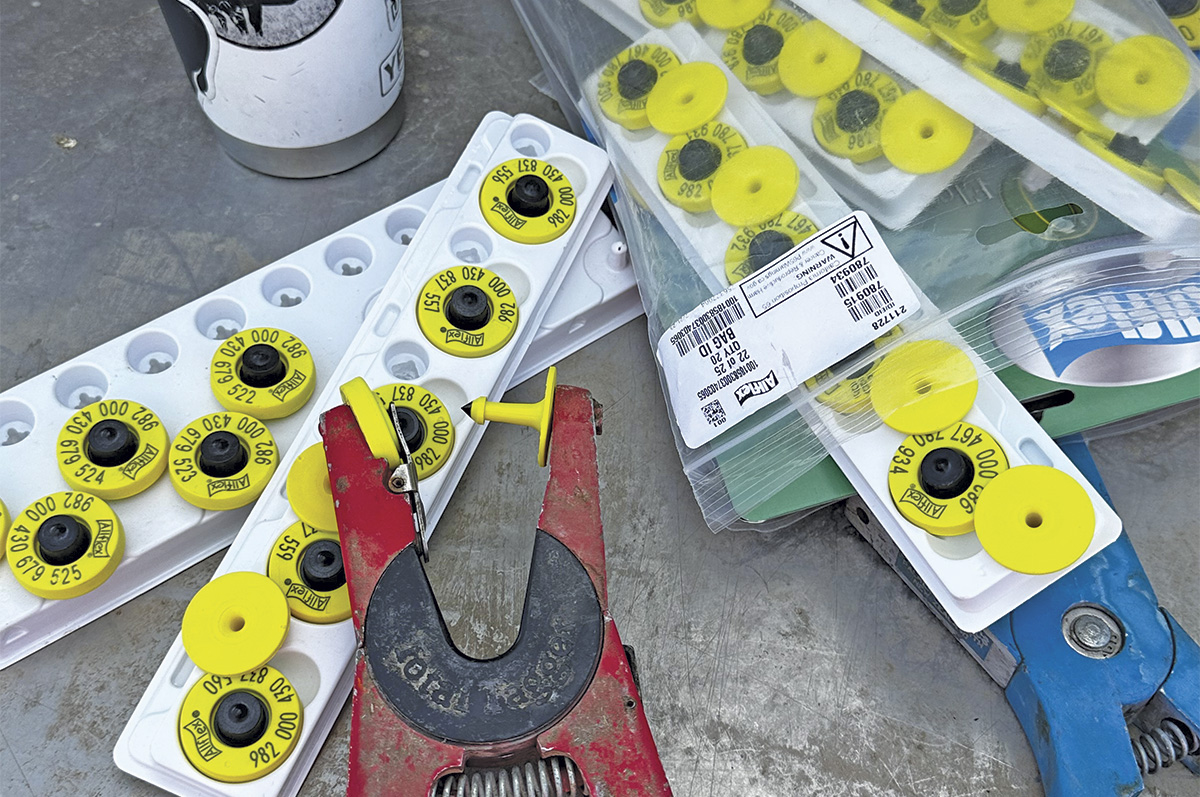Adding value to cattle may seem like a no-brainer. However, when conversations begin about entering value-added or verification programs, the process can seem daunting, especially to producers who may be less familiar with these programs or under the impression they will need to completely revise their management protocols.
In reality, a lot of ranchers are already on track for a number of verification programs and would need to make very minimal adjustments to their existing management protocols. While there are a variety of options for verification, program perimeters are set by the USDA and administered by a number of third-party entities. These verifications range from export verifications for specific countries to process verifications, such as being free from hormones or antibiotics.
According to the USDA, the Agricultural Marketing Service (AMS) Livestock and Poultry Program "offers a variety of auditing services to help companies differentiate their products and services in the marketplace through independent, third-party audits by [the] USDA’s globally recognized audit team. Through these voluntary user-fee services, AMS audits against established standards often set by a company, by industry or a foreign government. These standards are made publicly available to support program transparency.”
Program options
Some of the more popular verification programs include source and age verified, non-hormone-treated cattle and natural beef, which is both antibiotic- and hormone-free. While some verification and value-added programs have gained more traction than others, enrolling cattle in verification programs opens doors for marketing that would not be available to cattle not enrolled in such programs.
Janet Johnson is an auditor for Ranchers Connecting Ranchers (RCR), a verification company committed to serving fellow ranchers. In addition to her roles with RCR, Johnson is a fifth-generation rancher and operates a cow-calf operation with her family in Denio, Nevada.
RCR offers the following verifications:
- Source and Age Verified (SAV)
- RCR Natural
- Non-hormone Treated Cattle (NHTC)
- Saudi Arabia Export Verified (SA EV)
- Feed Bunk Ready Vaccination Verified (FBRVV)
Guidelines set by the USDA
The programs themselves are fairly self-explanatory, with guidelines set forth by the USDA. Cattle in the RCR Natural program must never be fed animal byproducts, given hormones or be treated with an antibiotic. NHTC cattle cannot be given any hormone treatments at any time.
While the SA EV program is exclusive to Saudi Arabia, there are similar verifications available for exports to places such as the European Union (EU) and Canada that have certain health requirements.
An exclusive to RCR, the FBRVV program is “designed to help ranchers add credibility to their vaccination program and to give feedyards more confidence in the quality of cattle they are purchasing.”
According to RCR, they “utilize vaccination records, invoices and working dates to compile a vaccination and handling history. A certificate and management information sheet is created and sent to the feedyard at shipping time to provide them with a thorough vaccination/health history of the program cattle.”

E-ID tags are critical to keep records of calves as they move through various phases of the production process and carry their records with them. Courtesy photo.
RCR describes SAV verification as the simplest, requiring calving dates of birth (first and last calf is required), the number of head to verify and identification information. Most of these audits can be accomplished with a simple phone and records audit conducted on an annual basis for ranches. The process for feedlots varies slightly in that an onsite evaluation is required and the auditor will be looking closely at lot files and records for program and nonprogram cattle in the feedyard.
According to RCR, “The feedyard must be able to show that each group of program cattle can be identified by source and that sufficient records were kept to keep track of source and birthdates.”
“Any program is going to begin with source and age verification, which establishes the location [where] the calves were born and creates an age window using the first and last calving date of the herd being programmed,” Johnson explains. “From there, the rancher decides if they want to go NHTC or natural, and then as a verifier, we work with the rancher so they know the parameters of the program and how it works.”
Small changes, big rewards
Johnson notes that most ranchers have to make very few changes to their management. Should calves need antibiotics, the treated individuals are simply marketed separately from untreated cattle and sold as nonprogram cattle. In addition, producers aren’t bound to sell within the program and can still sell cattle to nonprogram buyers.
Ranchers, backgrounders and feedyards must be individually verified through RCR for the calves to remain eligible for incentives throughout their lifespans. So long as each entity in the chain is verified, the verification data associated with the calves will follow them throughout their lifetimes. However, program cattle are not tied to any particular scheme and can be sold to nonparticipating backgrounders and feedlots.
“Program cattle can be sold anywhere, but there are some buyers who only want to purchase cattle that are verified through certain programs, so by enrolling their calves, ranchers are simply expanding their marking opportunities,” Johnson explains. “A lot of backgrounders and feedlots will keep calves in certain programs to recognize the premiums associated with these programs.”
Johnson notes that enrollment in verification programs can open many doors for cattle producers in an often unforgiving marketplace. Many breed associations and other value-added programs require minimum source and age verification on cattle.
“The fact of the matter is, a lot of ranchers are already taking measures that would qualify them for these programs,” Johnson says. “A lot of people don’t use hormones, and with the cost of antibiotics, mass treatment just isn’t feasible. A lot of times, ranchers don’t even realize they’re eligible and are missing out on premiums they could be getting by enrolling their calves in programs.”








